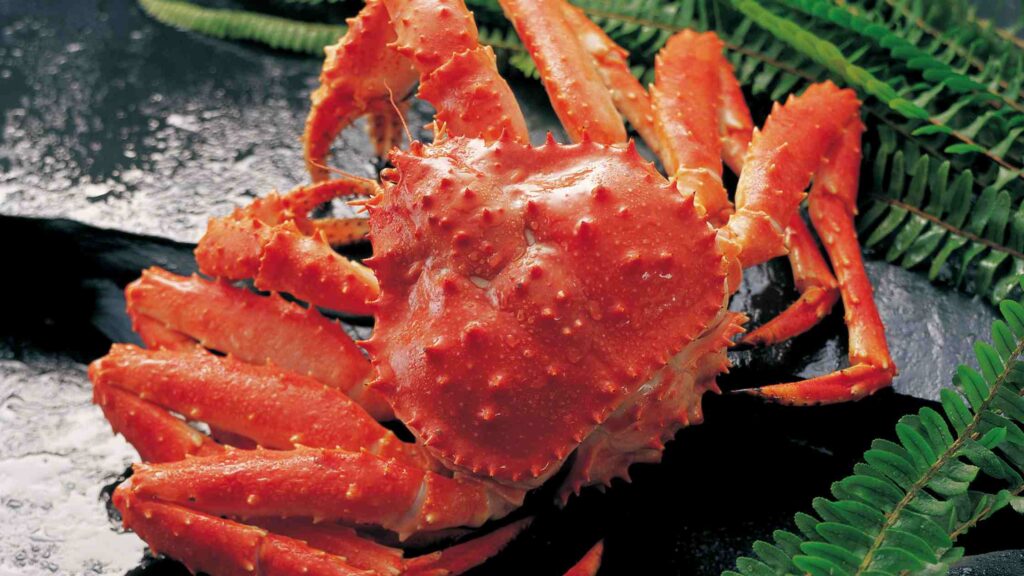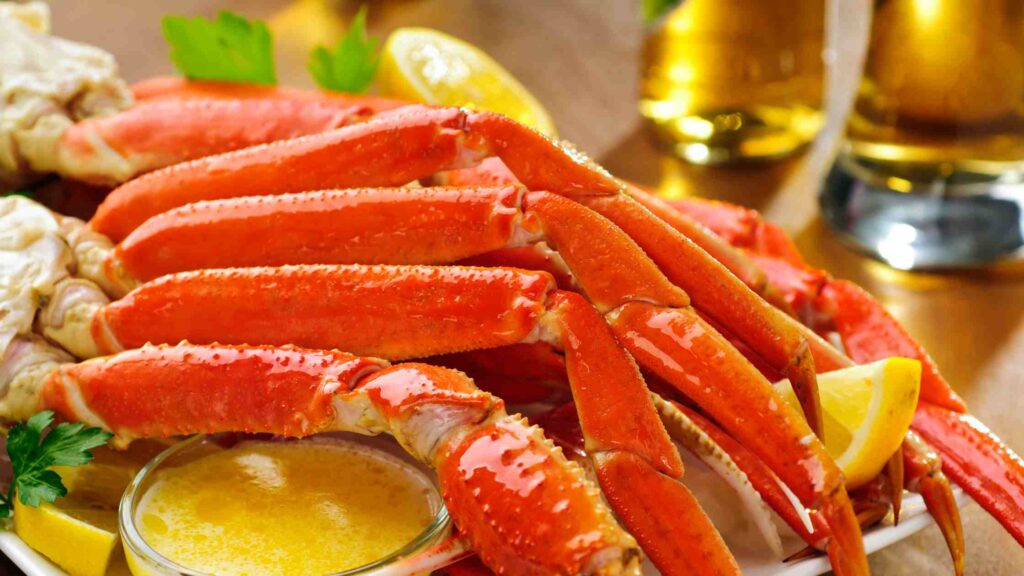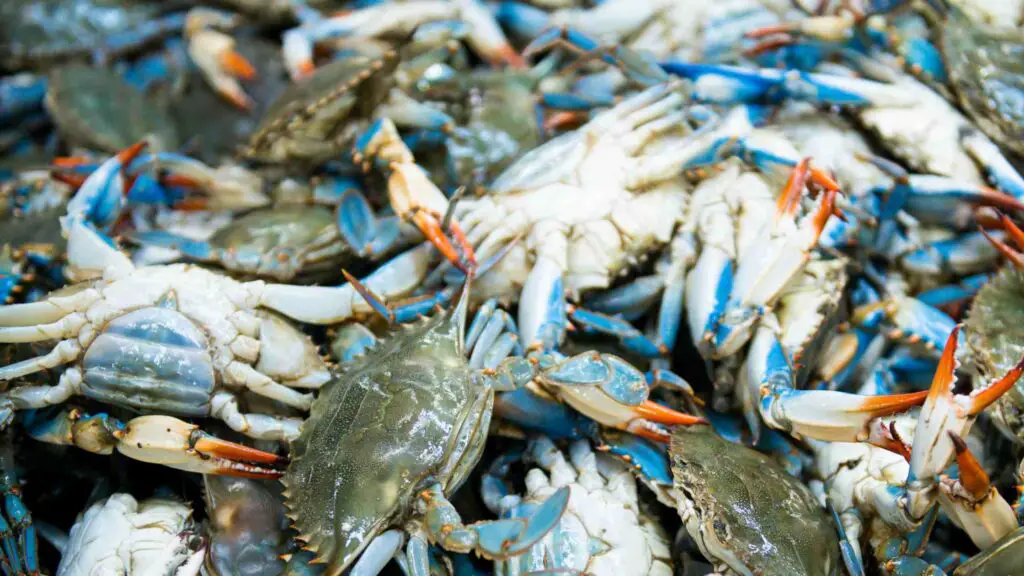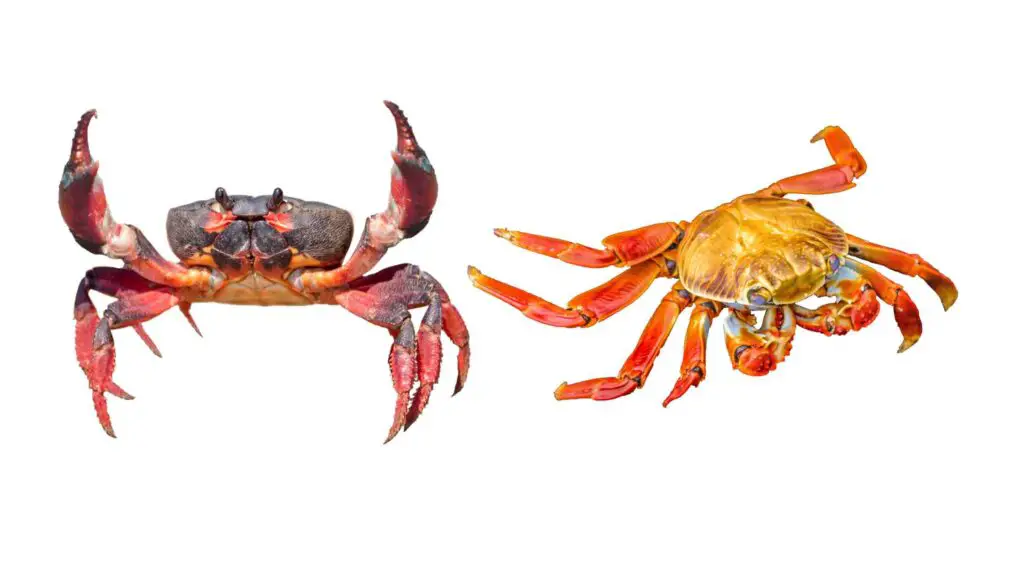Crab is undoubtedly one of the sea’s delights. Crab legs, crispy crab cakes, and many other dishes feature this valuable creature. Unfortunately, like many different types of seafood, crab is once again in short supply.
Overfishing is the first thing that comes to mind when we hear about a seafood shortage. However, according to the Maryland Department of Natural Resources 2021 survey, blue crab numbers are gradually expanding due to conservation and sustainability efforts. Even though the shortage exists, it is because the crab industry is now dealing with a labor shortage affecting many other businesses.
Crabs are prepared and eaten in a variety of ways around the world. Some species, such as soft-shell crabs, are consumed whole, including the shell. While others only eat the claws or legs, which is especially common in giant crabs like the snow crab.
Crabs are one of the most important decomposers in the marine ecosystem. They help clean the seafloor by harvesting decomposing animal and plant matter. Let us view the details of the crab shortage in 2022.
Why there is Crab shortage in 2022?
The crab shortage is not due to a lack of crabs. But the shortage is clearly due to a lack of workers. According to studies, the United States only has 66,000 available H-2B work visas yearly. It is a fact that one Maryland crab company received half of the visas. That is nearly 140,000 workers who applied! This was quoted by Jack Brooks, president of the Chesapeake Bay Seafood Industries Association.
Since the crab fishing industry is seasonal, hiring anyone other than migrant workers is difficult. Labor organizations have criticized this. But Brooks believes it is unavoidable because many people in the United States are unwilling to accept the complex and temporary job. The job is quick because it will end as soon as the winter holiday season ends. The fishing industry is understaffed and overworked due to the limited number of worker visas currently offered.
Even if crab populations are increasing, there need to be more workers to harvest them. Because of this scenario, it’s difficult to predict how much the price of crabs will rise. But according to studies, last year’s shortage nearly tripled the cost per pound.
King crab shortage in 2023

King crabs are decapod sea creatures that live primarily in cold waters. Many
Species are widely caught and sold as food due to their large size and the deliciousness of their meat. The most common of these varieties is the red king crab. Red king crabs can be found in North American waters in the Bering Sea and the Aleutian Islands. It is present along the coast of the Gulf of Alaska and as far south as British Columbia, Canada.
Alaska cancels the snow crab and king crab seasons for 2022 and 2023. The Alaska Department of Fish and Game (ADF&G) announced that crab seasons in various parts of the state would be canceled for the 2022-2023 fishing season. The snow crab season in the Bering Sea, the red king crab season in Bristol Bay, the red and blue king crab season in the Pribilof District, and the blue king crab season on Saint Matthew Island have all ended.
So apart from the season cancellations, there is also another issue. The Bering Sea tanner crab season, which began on October 15, has strict limits on the number of crabs that can be caught. Individual fishing and community development fishing rights allow slightly more than 2 million pounds of Tanner crab to be fished. Altogether results in a king crab shortage too in 2022.
Snow crab shortage in 2023

The Alaska snow crab harvest has been canceled for the first time in history. It happened after billions of crabs vanished in recent years from the cold, dangerous waters of the Bering Sea. According to a researcher with the Alaska Department of Fish and Game, the snow crab population has decreased from around 8 billion in 2018 to 1 billion in 2021.
Snow crab is the most abundant commercially caught Bering Sea crab species. So the shock of many billions missing from the population, including all the females and babies, is worth noting.
Snow crabs are a cold-water species that live primarily in areas with water temperatures below 2 degrees Celsius. The ocean around Alaska is becoming unfriendly to the species as it warms and ice melts.
Temperatures in the Arctic have warmed four times faster than the rest of the planet, according to scientists. Climate change has caused rapid sea ice loss in the Arctic region. This happens particularly in Alaska’s Bering Sea, thus creating global warming.
According to the National Oceanic and Atmospheric Administration, snow crab populations in the Bering Sea have declined for years. The increase in temperature in the Bering Sea is being blamed for some of the declines. Other factors must play a vital role in this shortage.
The ADF&G is still investigating why populations are declining. But it hopes that ending the fishing season this year will aid in population rebuilding for future seasons. On the other hand, the research people believe that snow crab seasons will be canceled for four years and king crab seasons will be canceled for two to three years.
Every year, we experience a little bit warmer, and that fluctuation is higher in Arctic and high latitude ecosystems. So if we can get a relatively calm period, that would be good news for snow crabs.
Blue crab shortage in 2023

According to the most recent Blue Crab Winter Dredge Survey, an estimated 227 million crabs live in the Chesapeake Bay and its waterways. This may appear to be a large number, but it is the lowest level noted in the survey, which began in 1990.
According to Chris Moore of the Chesapeake Bay Foundation, these findings are a “troubling sign” for blue crabs. Let us know what he says so that we can avoid the problem.
To protect juvenile and adult male crabs, actions need to be taken. Scientists and fisheries regulators must act quickly to identify the critical ecosystem factors that affect blue crab recruitment and survival. If these measures are taken, it can help to ensure a better and healthier blue crab population in the future.
Harvesting regulations include shortening the season and restricting the types and sizes of crabs that can be harvested. These have been implemented recently to protect and expand the blue crab population (such as a limit to the female crab catch in 2013). These issues are combined with the labor shortage in Chesapeake crab-picking houses. Also, the rising fuel costs for crab boats could mean another stormy and costly season for the crab and seafood industries.
How to overcome crab shortage?
Tanner and brown crab will still be available if we are concerned about finding fresh crab in the grocery store. However, due to the limited supply of Tanner crab, Scalzi predicts we will have to pay more for them. The brown crab was at an all-time high in price last year. While it may come down slightly, it will still be quite costly, according to Scalzi.
Anyone interested in something other than the high price of fresh crab can always go with canned or frozen. It’s not quite the same as biting into a meaty crab leg, but it’ll prove helpful in a bit. Alternatively, we can try a new recipe for a different seafood meal with another great option.
Some may believe that imitation crab is a cheap and easy substitute for real crab. Surimi is commonly used to make imitation crab, which is Alaskan pollock. Pollocks are caught by trawler boats, which many Alaskan fishermen believe are to blame for the crab decline.
Conclusion
Thus, we have analyzed all the possible ways that could result in an ultimate crab shortage. At this point, the primary efforts to restore the populations are closing the fisheries due to low abundance and continuing research. Ethan Nichols, an assistant area management biologist with the Alaska Department of Fish and Game, stated this.
Another researcher also expressed “hope for the future” because a few small juvenile snow crabs have begun to appear in the system. However, it could take at least three to four years to mature and contribute to population regrowth.
The declining supply of crabs may impact the bottom line because crab sellers may be compelled to increase prices. Prices will remain high until the crabs begin to bite. It’s just the way things are. Let’s hope for a better future for crab species.
